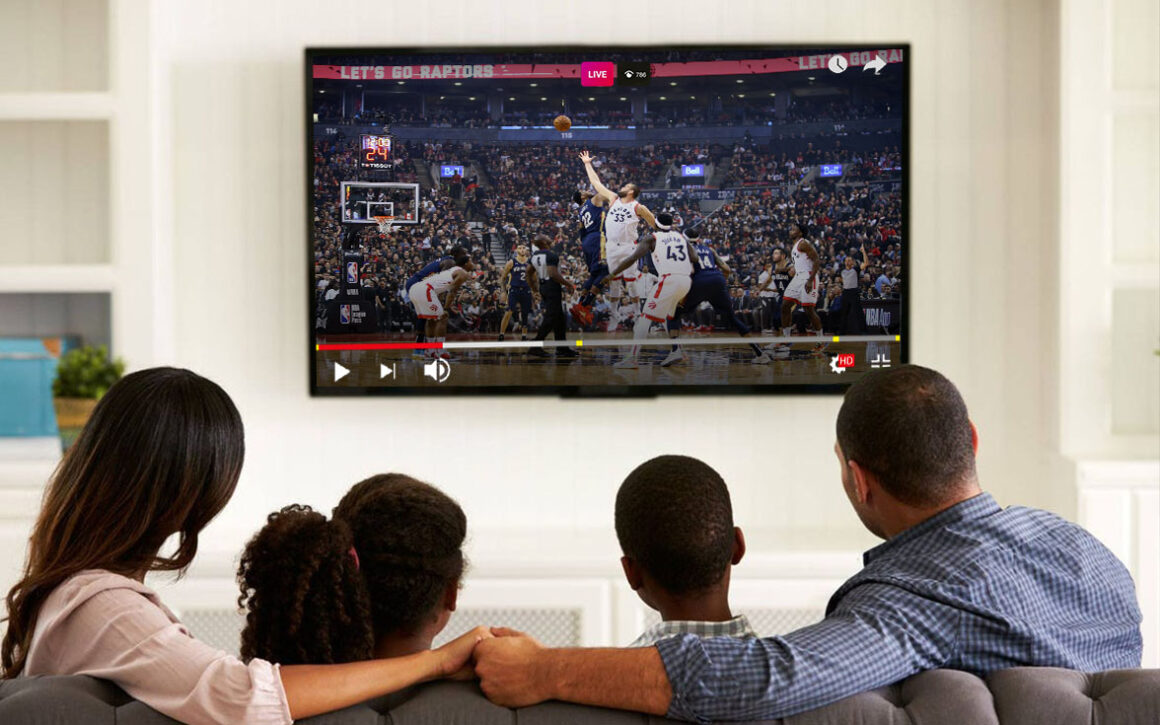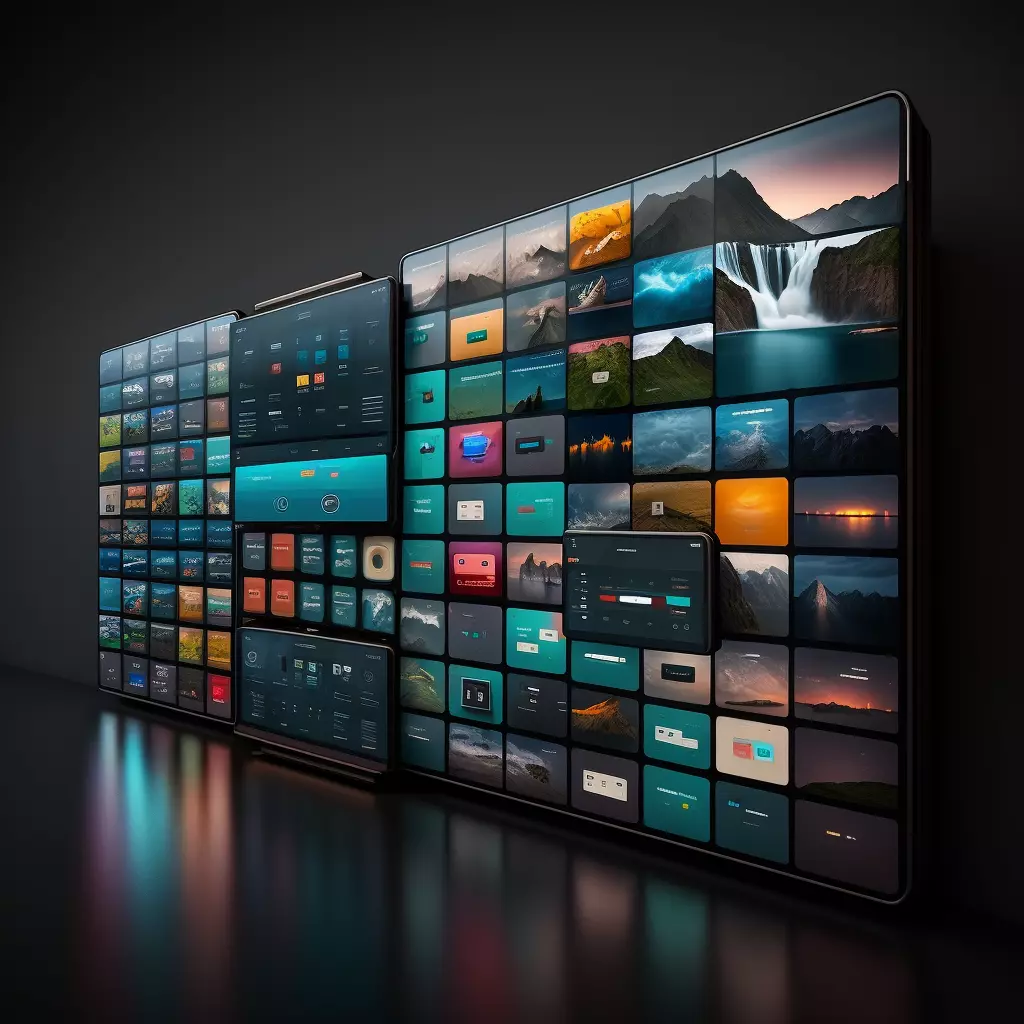If you’ve decided to explore IPTV, you’ve probably heard that it offers an incredible range of channels and on-demand content. It’s a great way to access television shows, movies, sports, and more, all from a single service. However, setting it up and finding a reliable provider can feel overwhelming at first. I’ve been through it and can share what I’ve learned.
When starting with IPTV, it’s important to understand a few key things to make the most of your experience. Below, I’ll cover the essential tips and recommendations to help you get set up quickly and avoid common pitfalls.
Key Points:
- Choose a trusted IPTV provider for stable and reliable service.
- Ensure your internet connection meets the streaming requirements.
- Familiarize yourself with different IPTV devices and apps.
- Understand legal aspects in your country before committing to a service.
Selecting the Right IPTV Provider

Choosing a provider is the most important step. You’ll want a service that offers reliable streaming, a wide selection of channels, and good support. There are many options out there, and quality varies significantly between them. Look for reviews, ask around, and try free trials before committing to a subscription.
When I first started, I came across Sverige IP TV, which offers a wide selection of channels and content, all delivered with fantastic picture quality up to 4K. It’s available on multiple devices and offers a free trial to get a feel for what they provide. If you’re interested in exploring it further, you can check out their service IPTV.
Reliable Internet Connection
IPTV heavily relies on your internet connection. You’ll need a stable and fast connection to enjoy content without interruptions. Ideally, you should have at least 10 Mbps for regular HD streaming, and 25 Mbps if you plan to watch in 4K.
I’ve found that a wired connection, through an Ethernet cable, gives the best results. Wi-Fi is convenient but may cause buffering or reduced quality depending on how strong the signal is.
Devices and Apps
There are different ways to watch IPTV, so choose the device and app that suits you. If you have a smart TV, you can often download IPTV apps directly. Devices like Amazon Fire Stick, Roku, and Apple TV are also great options. You’ll need to install the appropriate app on your device to access your chosen IPTV service.
I use an Amazon Fire Stick. It’s easy to set up and works well with most IPTV services. Just make sure your device is compatible with the app your provider offers.
EPG and Channel Guides
An Electronic Program Guide (EPG) is like a TV guide for IPTV. It lets you see what’s currently airing and what’s coming up, just like traditional cable TV. Not every IPTV service offers a good EPG, so check whether your provider includes one. It can make a huge difference in your viewing experience.
Without an EPG, navigating through thousands of channels can feel frustrating. A good channel guide allows you to organize your channels and create a list of your favorites for easy access.
Legal Considerations

Before committing to an IPTV provider, research the legal aspects in your country. IPTV services aren’t always legal everywhere, especially if they provide access to pirated content. Many services offer legal, licensed content, but it’s crucial to ensure that what you’re using complies with local laws.
Customer Support and User Experience
Even with the best service, occasional issues will arise, so having quick access to a support team can save you a lot of headaches. Some providers offer 24/7 support, which is a huge plus. I’ve had a few minor issues in the past, and their prompt support helped me get back to viewing in no time.
Also, make sure the service is easy to navigate. A complex or glitchy interface can ruin the experience. Look for a provider that has a user-friendly app or platform.
Trial Periods and Refunds
Most good IPTV providers will offer a free trial or a refund policy. Use this opportunity to test the service’s quality, the number of available channels, and how well it performs with your internet connection. It’s a low-risk way to find out if it’s a good fit.
I always recommend using the trial to ensure you’re satisfied before committing to a longer subscription. Don’t rush into a service that may not meet your expectations.
Personalizing Your Experience

One of the main advantages of IPTV is the ability to personalize your viewing experience. You can create lists of your favorite channels, organize content by genre, and access on-demand shows whenever you want. It’s far more flexible than traditional TV.
Take the time to set up the features your IPTV provider offers. Whether it’s parental controls, multiple device access, or custom playlists, making these adjustments will improve your overall experience.
Avoiding Common Pitfalls
While IPTV offers many advantages, it’s not without its challenges. Here are a few common pitfalls to avoid:
- Overloading your connection ─ Streaming IPTV on multiple devices simultaneously can strain your internet. Make sure your connection can handle it.
- Choosing an unverified provider ─ Not all IPTV providers are trustworthy. Stick to well-reviewed services with proven track records.
- Ignoring your device’s limitations ─ Some older devices may not support 4K or may struggle with high-resolution streaming. Make sure your equipment matches your expectations.
Conclusion
IPTV offers an incredible amount of flexibility and entertainment options. By choosing a reliable provider, ensuring your internet connection is up to par, and setting up the right device, you can enjoy a seamless viewing experience. The right service offers a fantastic range of channels with great quality. Try a few providers, experiment with different devices, and make the most of the flexibility IPTV offers.
If you follow the tips I’ve shared, you’ll avoid common frustrations and get the most out of your IPTV experience. Take your time to set everything up properly, and you’ll soon enjoy a whole new way of watching TV.


